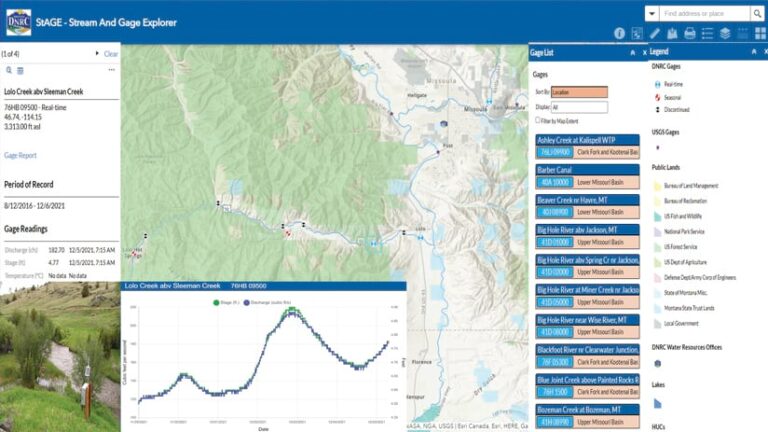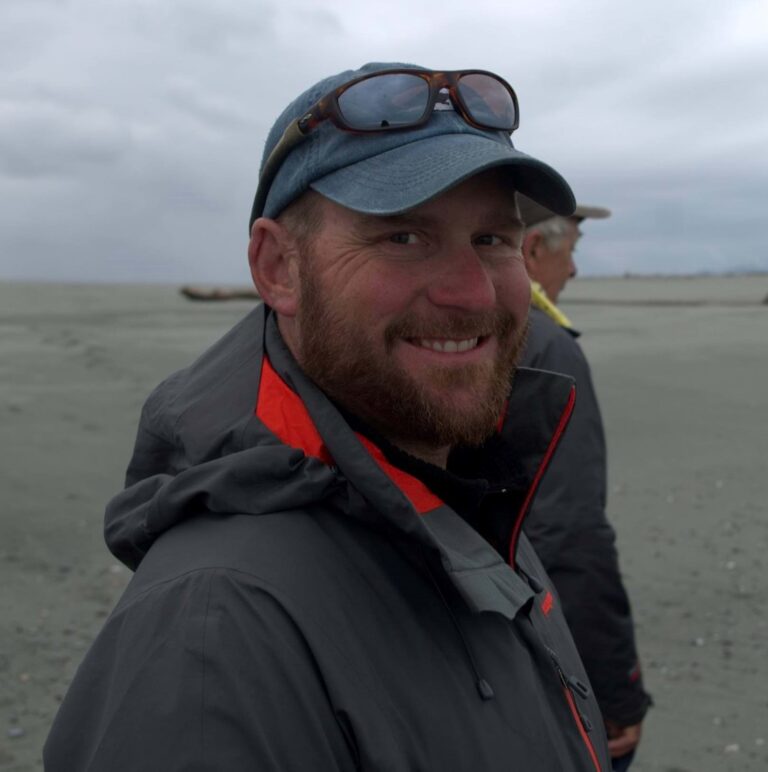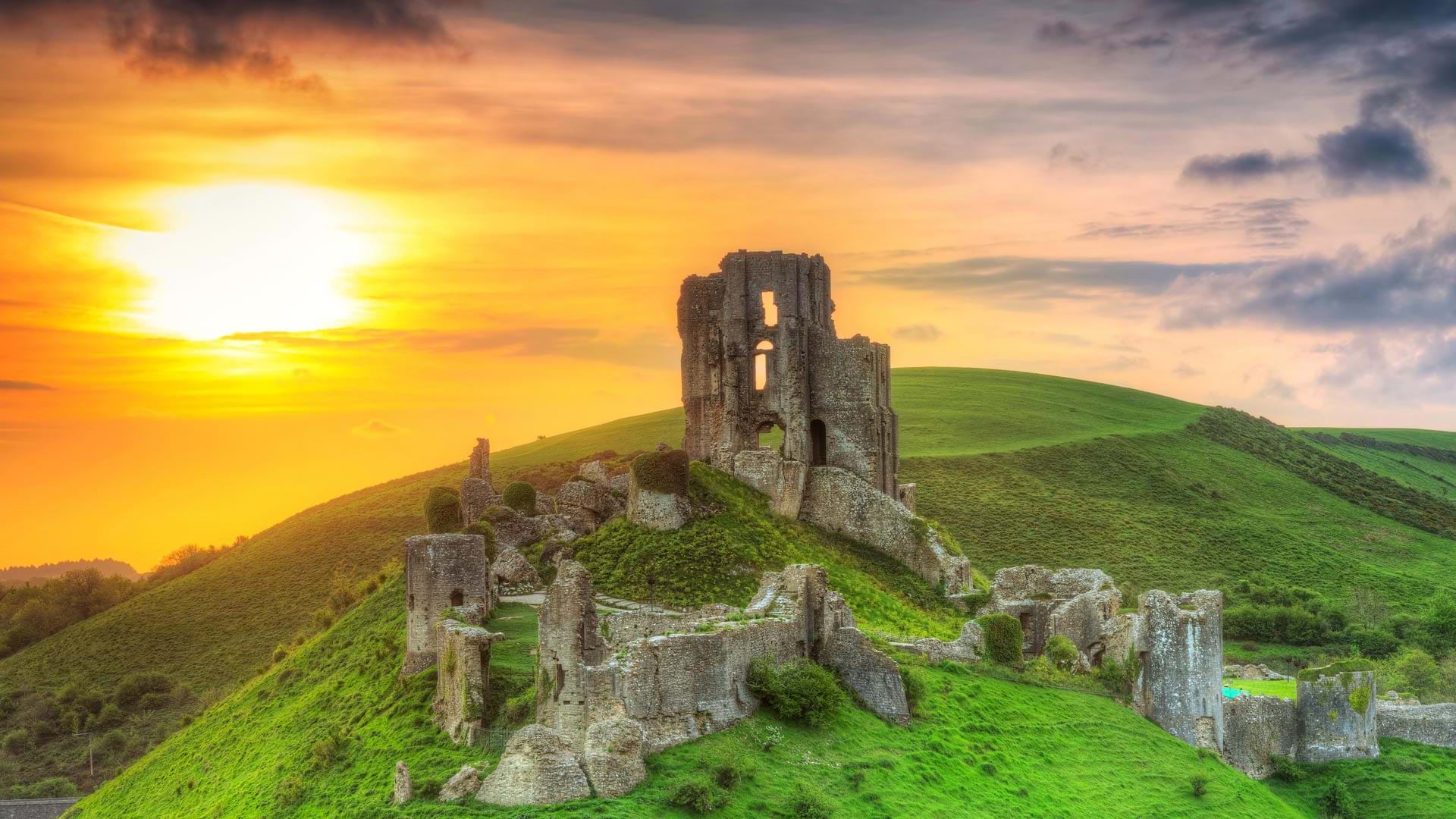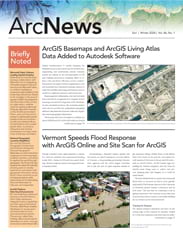The Montana Department of Natural Resources and Conservation (DNRC) is responsible for ensuring the sustainable development of the state’s land, minerals, natural gas, oil, timber, water, and other resources. This government agency is committed to providing high-quality hydrologic data to support the management, administration, and beneficial use of Montana’s water resources.
Effectively managing and distributing water depends on getting accurate real-time measurements of streamflows. For a few years, the state relied largely on the United States Geological Survey’s (USGS) stream monitoring network to do this. But about nine years ago, the DNRC concluded that it needed to implement more of its own streamgages that could relay data in real time. Once the new streamgages were in place, the department wanted a way to easily share this information.

Working with Esri partner GCS Holdings, the DNRC set up an ArcGIS technology-based web app to help water managers and even members of the public monitor stream levels. Called the Stream and Gage Explorer (StAGE), the app allows users to easily examine Montana’s surface water locations and get detailed reports about streamflows so they can make more informed decisions about water distribution and conservation.
A New Plan to Help Manage Water Supplies
In 2015, the DNRC adopted the Montana State Water Plan, which said that the state needed to develop a network of real-time streamgages on streams and tributaries that were not part of the USGS’s streamflow monitoring network. The plan noted that expanding Montana’s own streamgages network would improve the state government’s ability to manage water supplies, meet demand, and plan for climate variability.
For about five years after that, the DNRC collected surface water data every 15 minutes and transmitted it via satellite every hour. This data was then appended to AQUARIUS, the DNRC’s time series analytics software designed to acquire, process, model, and publish water information. With AQUARIUS, staff at the DNRC were able to put together structural time series models that allowed them to forecast water availability.
To put the Montana State Water Plan into full operation and ensure that more people could access its data, the DNRC needed a solution that could provide detailed streamflow data and information to a publicly accessible website. The solution would need to enable DNRC staff to collect, analyze, and present accurate, high-quality, real-time streamflow data from Montana’s rivers, streams, and other critical surface water locations to stakeholders that help manage, distribute, and allocate local and regional water resources. Additionally, the solution would need to accommodate the installation and ongoing maintenance of up to 100 permanent real-time streamgages across the state by 2025.
Meeting the Needs of Water Managers and the Public
In 2020, the DNRC contracted with GCS—a Missoula, Montana-based geospatial IT services company that specializes in working with state and local government agencies—to design, develop, and implement StAGE. The GCS development team worked closely with DNRC hydrologists to ensure that the web app met water managers’ demands while remaining accessible to the public.
The team designed a multicomponent system to extract, store, and display streamgage data from AQUARIUS. Using the AQUARIUS Python API, the team designed a series of automated tasks to capture real-time stage, discharge, temperature, and field measurement data. This data is processed and stored in a geoenabled database optimized for ArcGIS Server web services in ArcGIS Enterprise. Any manual corrections that DNRC staff apply to the time series data in AQUARIUS are automatically detected and processed in the geodatabase. The real-time process runs every 15 minutes to ensure that the latest data is available in StAGE. Additionally, ArcGIS Server web services provide API-level data access that enables app users to download the time series data and see detailed charts of the streamgage report data.
The GCS team also used ArcGIS Online to provide various features for the DNRC’s web app. Some of the notable features include selectable maps; symbolized selectable streamgage layers with data sourced from the USGS and DNRC; easily accessible and interactive map symbology that communicates information such as site names, site IDs, and hyperlinks to report pages; detailed report pages with relevant data, including stage, discharge, and temperature readings for the previous seven days; and a data downloader that allows DNRC staff to query and download streamgage data and statistics as needed.
A Range of Water Data Made Available
StAGE officially went live in April 2021. When completed, the geospatial web app enabled water specialists and managers to make decisions about water distribution based on real-time information.
Designed for optimal performance on mobile devices, StAGE dynamically displays surface water data collected from 29 DNRC streamgages across the state and allows DNRC personnel and the public to access river stage, discharge, and water temperature data. For water managers, StAGE has expanded their ability to conduct short- and long-term water resource planning, including developing basin water budgets, evaluating local and regional water supplies, and assessing opportunities to increase water storage.
The web app can be used to support water commissioners in distributing water rights. Furthermore, StAGE has supported the efforts of Montana’s residents to develop and implement local drought management plans while promoting public awareness of Montana’s water resources for recreation, tourism, irrigation, fisheries administration, and flood management.
In addition to providing data from the DNRC’s streamgage program, StAGE gives the public access to data from seasonal and historical streamgages that the DNRC is using or has used in past projects. The app also provides data from surface water measurement sites at state-owned dams and canals, as well as groundwater elevation and water-quality data for select sites.
“This is a great example of connecting water management professionals, recreationists, and the people of Montana to valuable data they need on a daily basis, whether for work or play,” said DNRC director Amanda Kaster.
Visit and explore StAGE. For more information on this project, email Seth Johnston at sjohnston@yourdatasmarter.com.



